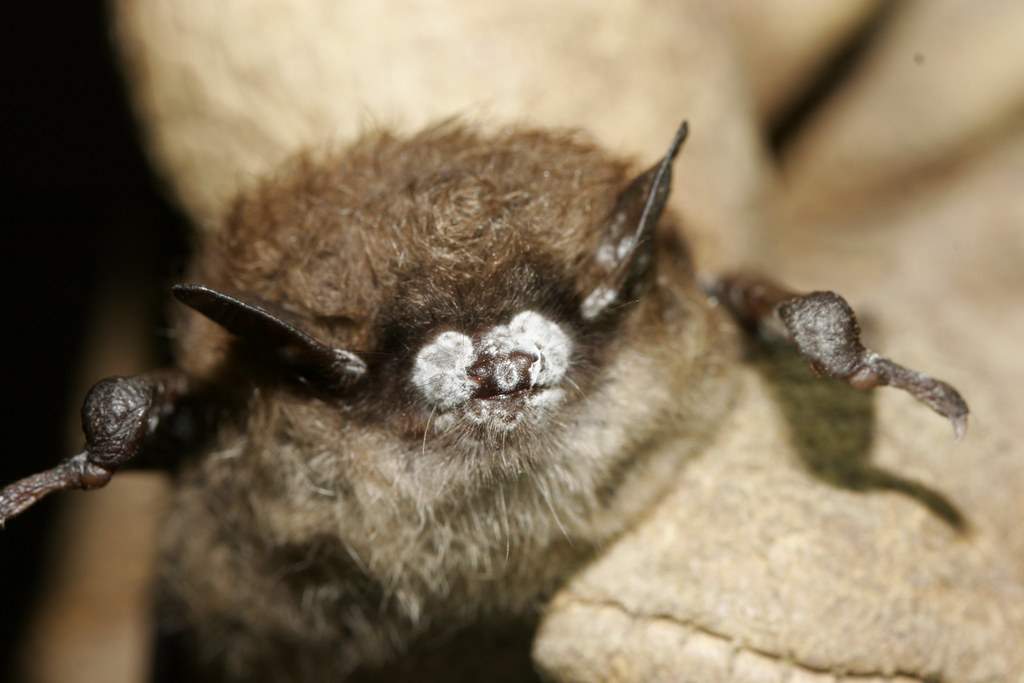Jayme Blaschke | September 14, 2022


Ryan Peterson, an assistant professor in the Department of Chemistry and Biochemistry at Texas State University, has received a grant from the National Institutes of Health to investigate a novel approach for potential anti-fungal treatments.
The four-year, $730,000 grant from the NIH’s Support for Research Excellence (SuRE) R16 program will support Peterson’s “Mechanisms for Cellular Copper Import via Secreted Cuproproteins” research project.
Globally, more than 150 million annual cases of severe fungal infections result in more than 1.5 million deaths. Individuals undergoing chemo- or corticosteroid therapies are more susceptible to severe fungal diseases, as are those with underlying health problems such as with AIDS, asthma or organ transplantation.
Copper is an essential micronutrient for all eukaryotic organisms and pathogenic fungi have evolved specialized proteins and mechanisms to promote copper uptake during host infection. One specialized pathway involves a diverse family of secreted copper-binding proteins known as BLPs (Bim1-like proteins) that are found in many types of fungi that affect humans, as well as Pseudogymnoascus destructans (Pd), the opportunistic fungal pathogen that causes white-nose syndrome in bats. Developing a model of the role BLPs play in white-nose syndrome can potentially give insight into the basic mechanisms involved in opportunistic fungal infections. Understanding how the family of BLPs participate in ensuring fungal survival in host niches will enhance researchers’ ability to develop innovative and targeted strategies to combat fungal disease.
“Our work with Pd also has implications for environmental health. Pd is responsible for the recent collapse and looming extinction of certain North American bat populations,” Peterson said. “As a keystone species, bats play important roles in pollination, seed dispersion and pest management, especially for mosquitoes, which are vectors for Zika, West Nile and Chikungunya viral diseases. Bats suffering from white-nose syndrome can also lead to increased coronavirus replication and viral shedding under coinfection conditions, increasing the probability of zoonotic spillover events.”
The SuRE R16 program supports research capacity building at institutions that enroll significant numbers of students from backgrounds nationally underrepresented in biomedical research, award baccalaureate and/or graduate degrees in biomedical sciences and receive limited NIH research project grant funding. It seeks to develop and sustain research excellence of faculty investigators and provide students with research opportunities while catalyzing institutional research culture and enriching the research environment.
Share this article
For more information, contact University Communications:Jayme Blaschke, 512-245-2555 Sandy Pantlik, 512-245-2922 |
